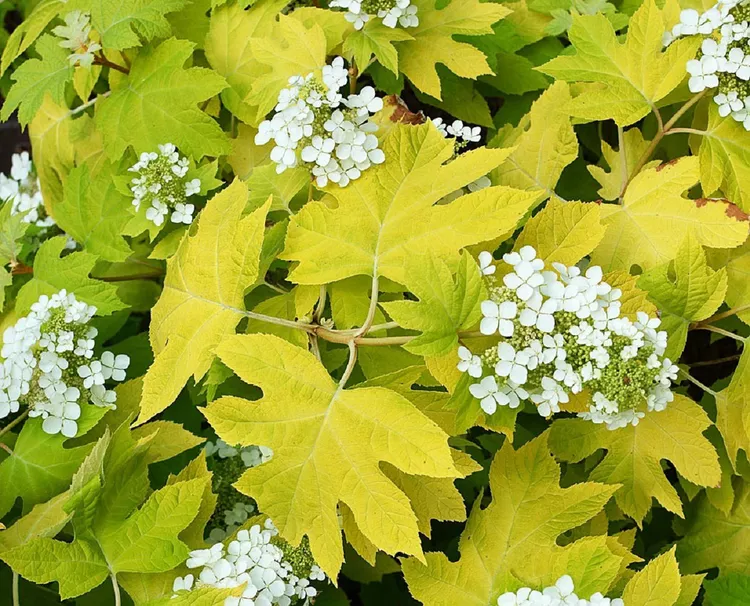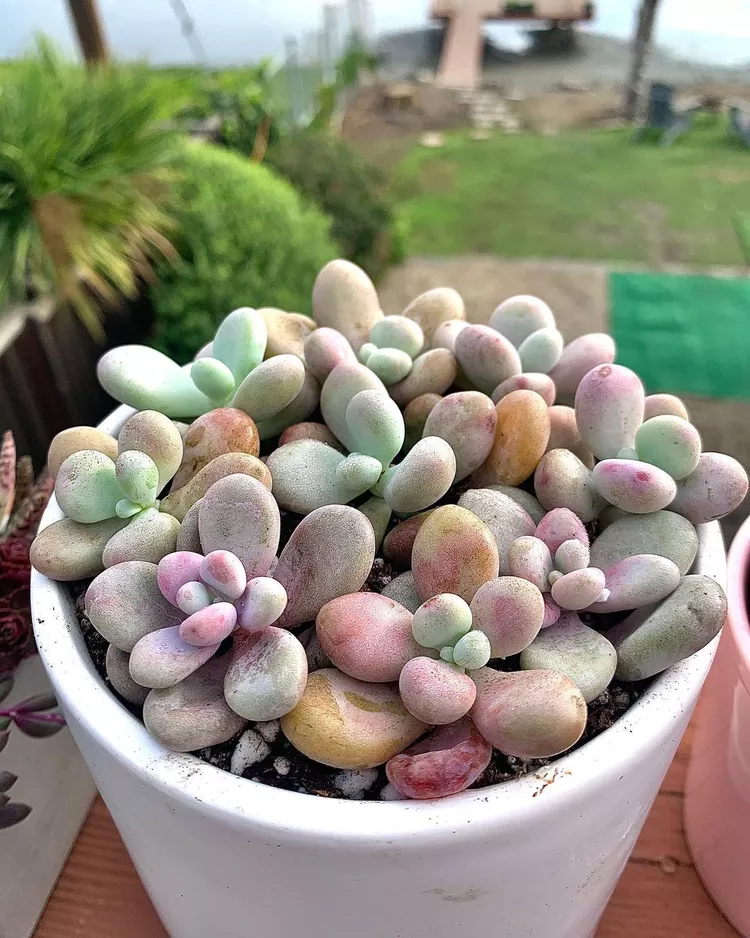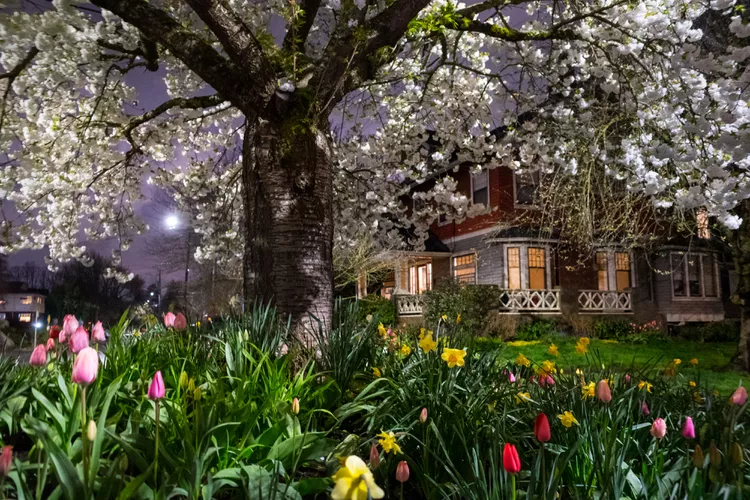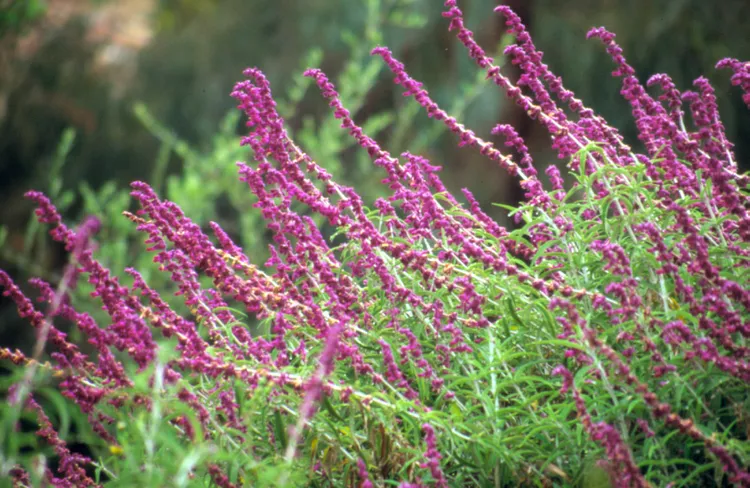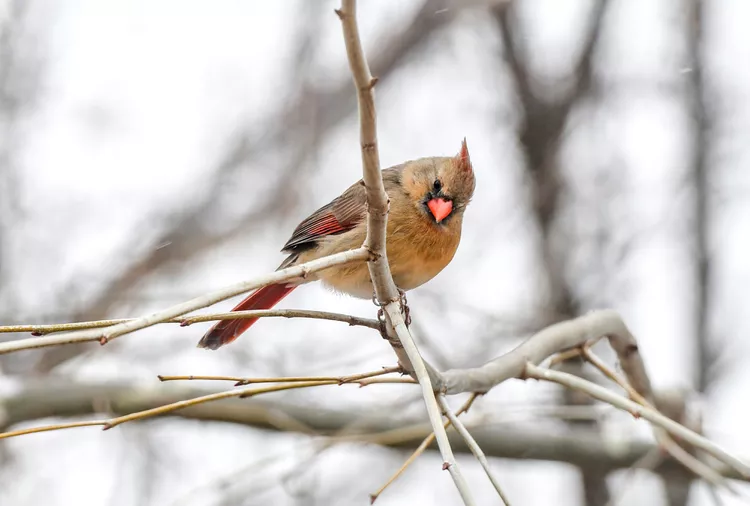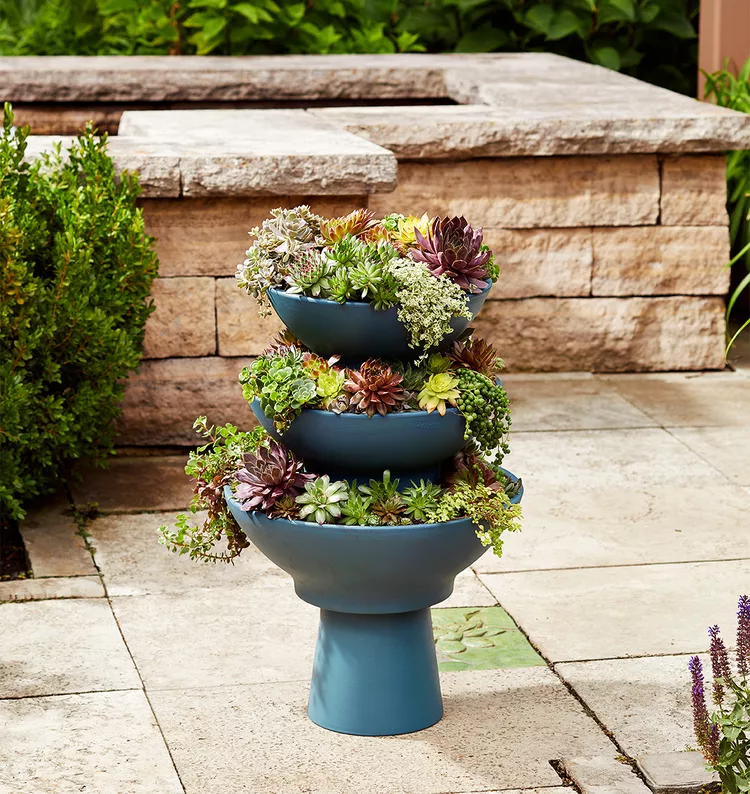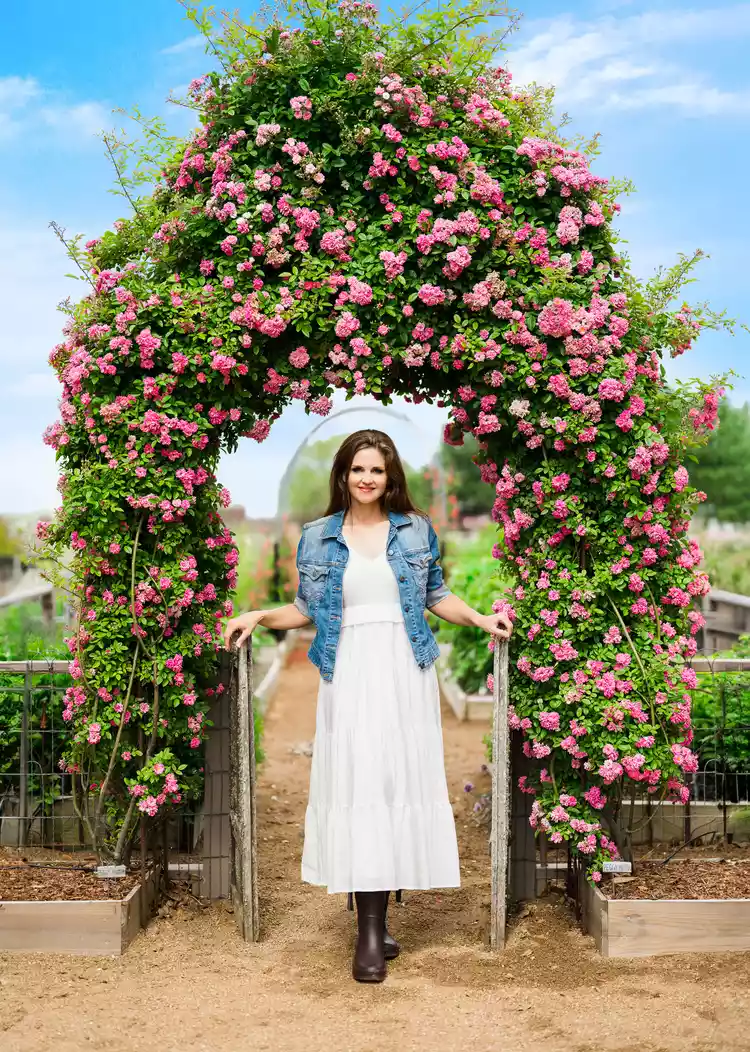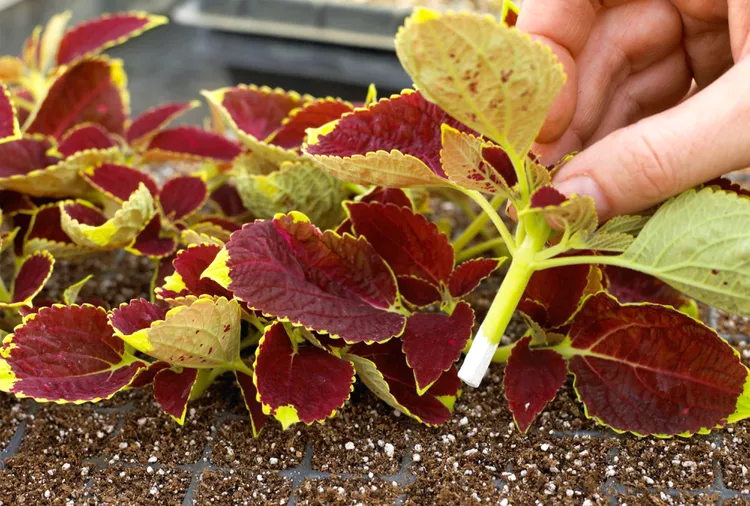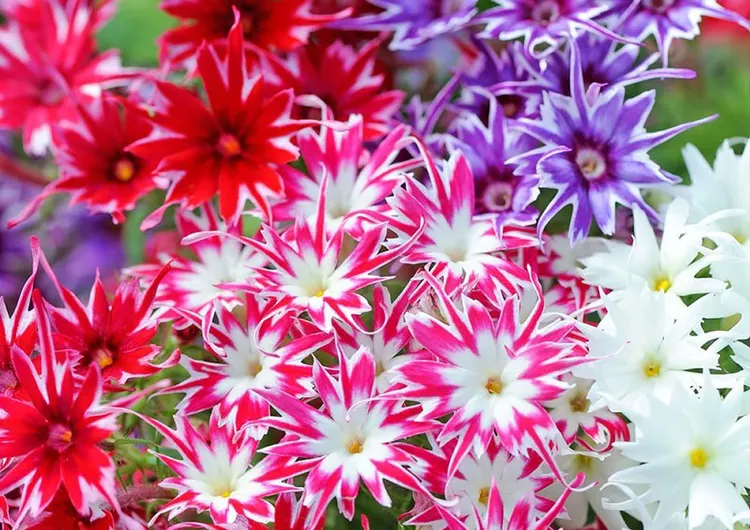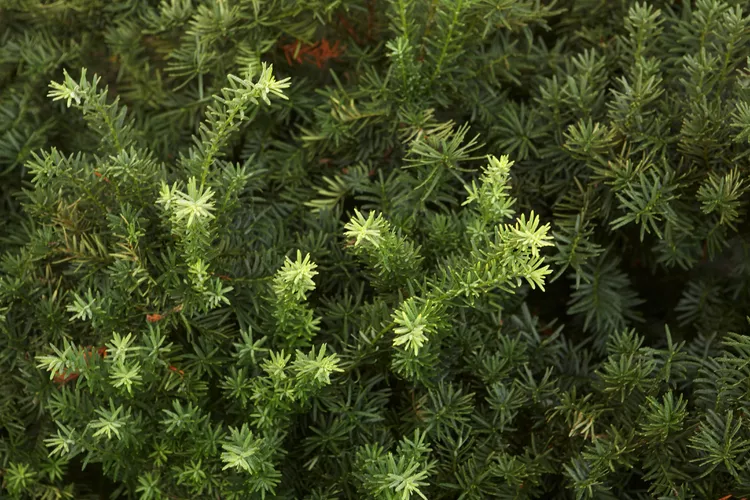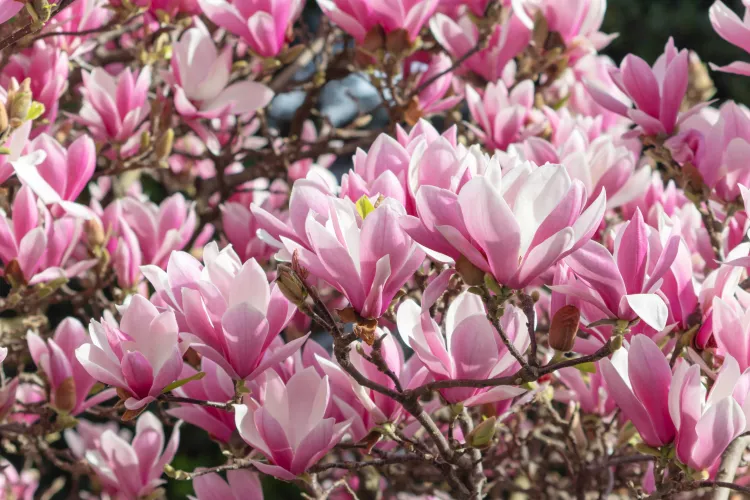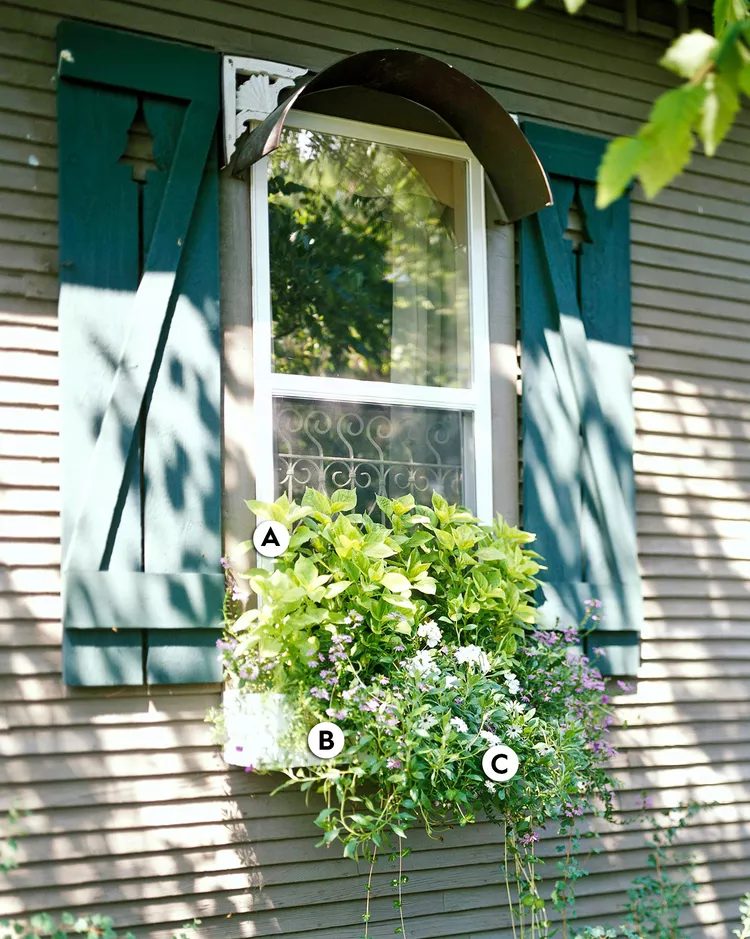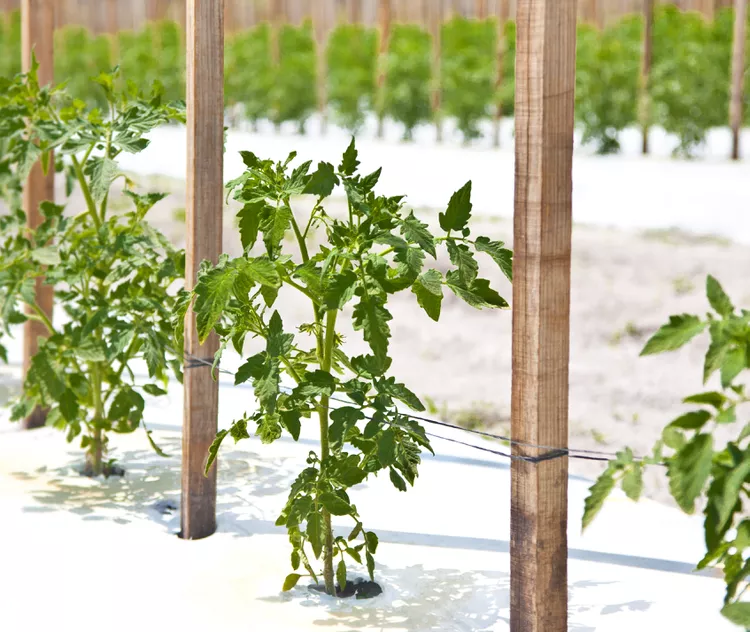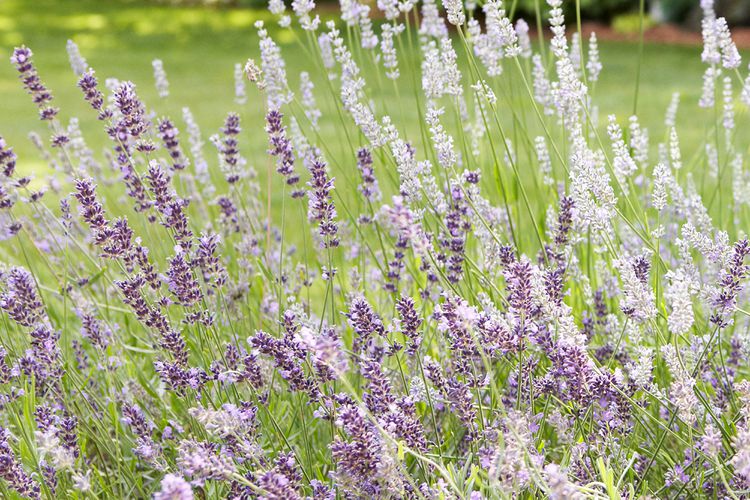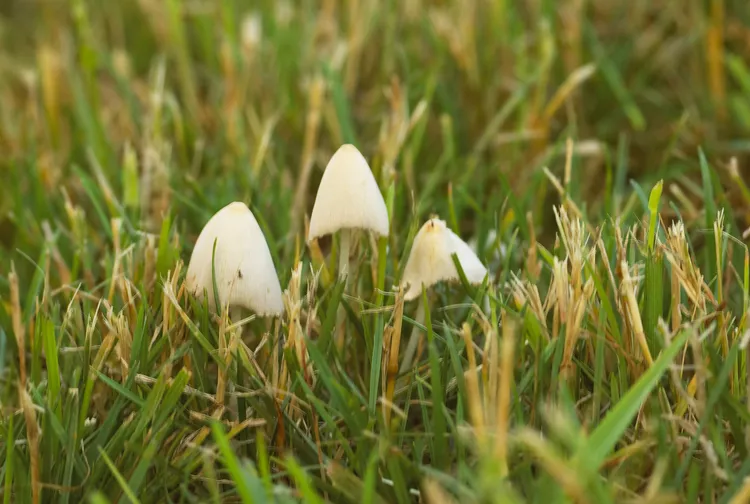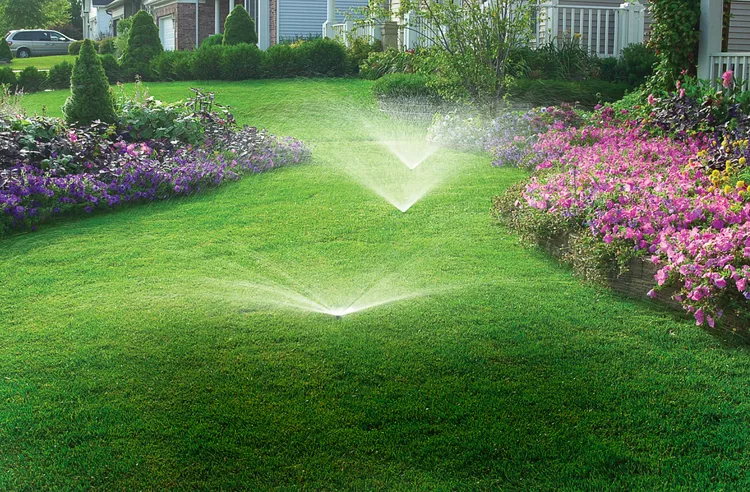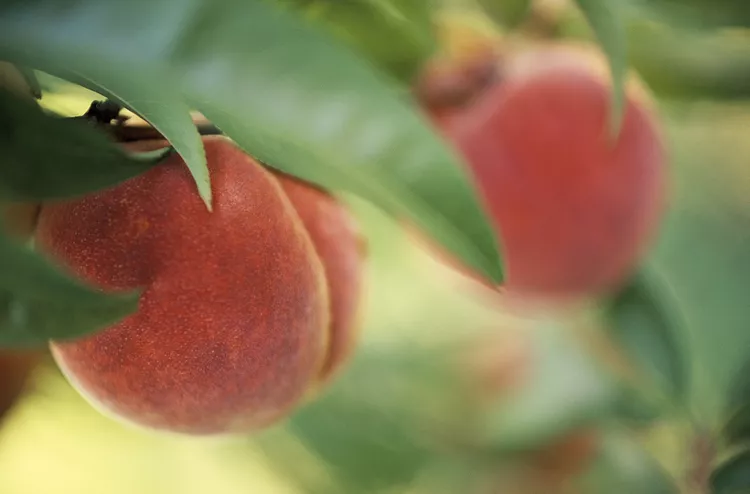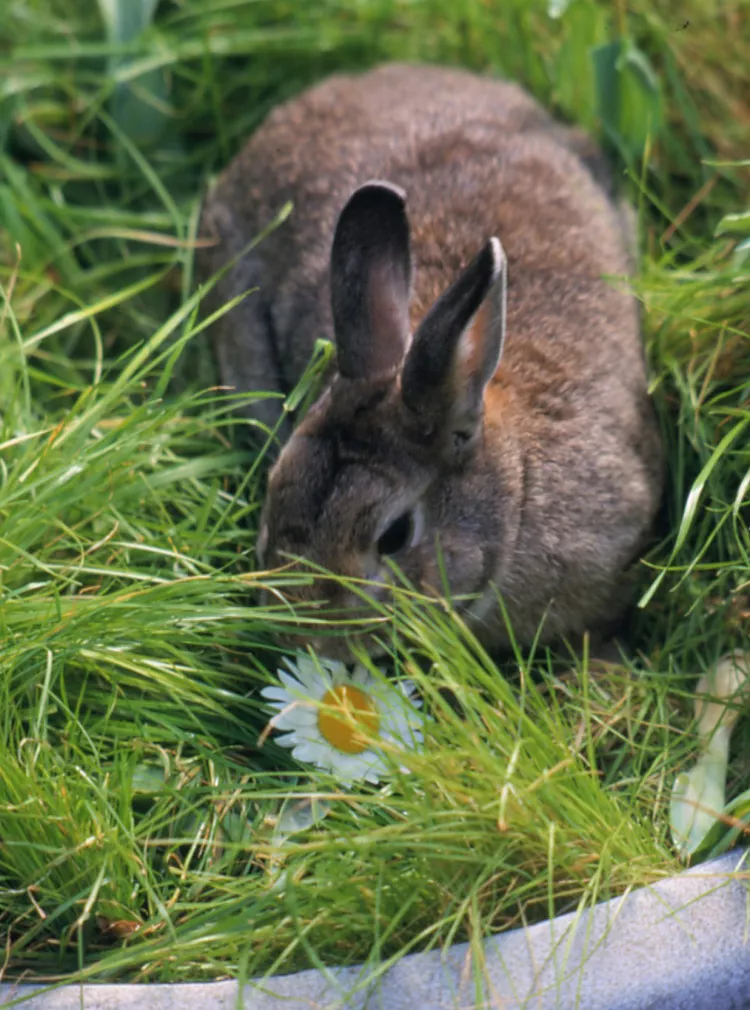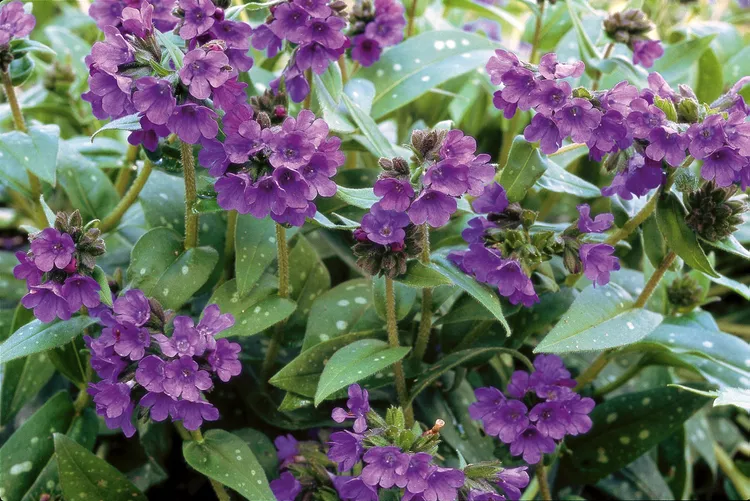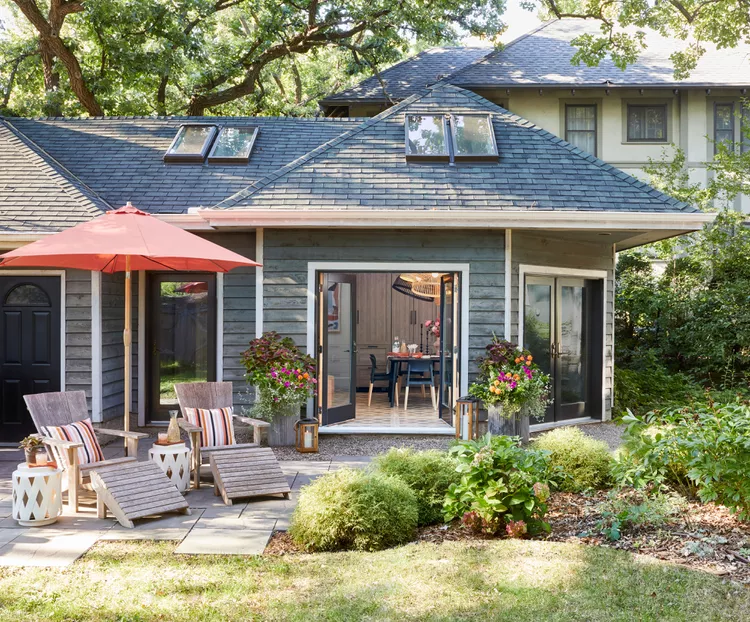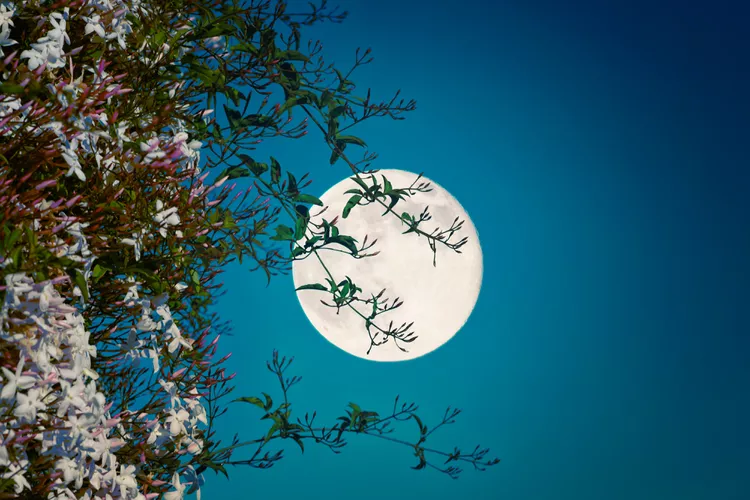Hydrangeas are low-maintenance shrubs grown for their big, beautiful flowers. But one feature has limited their use in smaller gardens: their size. Many hydrangeas are very big, crowding out other nearby plants. Plant breeders have been hard at work creating small hydrangea varieties that still offer spectacular flowers.
Most of these dwarf or small hydrangea varieties top out at three or four feet or less, so they’re easy to fit into tighter spaces. Use them in containers on a patio, porch, or balcony or as low hedges or foundation plants. Added to a perennial border or the foreground of a mixed shrub border, these compact hydrangeas provide months of nonstop flowers.
There are several types of hydrangeas, including bigleaf, panicle, and oakleaf. Each has unique characteristics, but small varieties are available regardless of which type is your favorite. Here are 18 spectacular options.
Compact Bigleaf Hydrangeas
As the name announces, bigleaf hydrangeas (Hydrangea macrophylla) have big leaves. They also produce large flowers that can be either ball-shaped mopheads or more delicate-looking lacecaps. Flower color is often dependent on the pH of the soil—an acidic soil will produce blue or purple flowers and an alkaline soil results in pink flowers. These hydrangeas grow best in morning sun, with some shade in the afternoon. They are hardy in Zones 5-9.
While the spread of the main plant is limited (usually 2 to 4 feet), a bigleaf hydrangea may send out offshoots. The spread of the plant with the offshoots will be greater, or you can easily remove offshoots to keep your plant more compact.
- ‘Mini Penny’ is a re-blooming mophead hydrangea that produces flowers from summer until frost. The flowers are pink or blue, depending on the soil pH. It has a mounding habit and grows about 3 feet tall and 3 to 4 feet wide. It is very disease-resistant.
- ‘Pistachio’ (shown above) is also sold as ‘Horwack’. It bears multi-colored mophead flower clusters—they open chartreuse-green but turn bright pinkish red or violet with some chartreuse highlights and pale blue centers. They bloom on both old and new wood, so there’s a constant colorful flower display from late spring to falI. It grows 2 to 3 feet tall and 3 to 5 feet wide.
- ‘Venice Raven’ is part of the German-bred Cityline Series of dwarf and small hydrangeas and is sometimes sold under the name Cityline Venice. Its mophead flower clusters, which bloom on old wood from mid- to late summer, may reach 6 inches across and are pink or blue, depending on the soil pH. The plant has a compact habit, growing up to 3 feet tall and wide.
- ‘Rhythmic Blue’ is part of the Let’s Dance series, bred to withstand harsher winters. It’s a rebloomer, so even if stems die to the ground, it will form flowers on the new growth. Its mophead flowers are bright pink in alkaline soil, in acidic soil this hydrangea has deep, true blue flowers. Its mature size is 3 to 4 feet tall and wide.
- ‘Endless Summer Pop Star’ is a new addition to the Endless Summer hydrangea series, also bred for colder winter regions. It blooms earlier than most varieties and continues to produce flowers until frost. The lacecap blooms are electric blue in acidic soil and bright pink in alkaline soil. It grows about 3 feet tall and wide.
Mini Mountain Hydrangeas
Native to the woodlands of Japan and Korea, mountain hydrangea (Hydrangea serrata) is similar to bigleaf hydrangea but with smaller, more delicate leaves and flowers. Its long-lasting blooms are typically lacecaps, and, like bigleaf hydrangeas, their flower color is affected by soil pH. It grows best in light, open shade and is hardy in Zones 5 to 9.
- ‘Tuff Stuff’ (shown above) is a small hydrangea that bears pink lacecap flowers with creamy centers in alkaline soil; they are lavender-blue in acidic soil. A rebloomer, it bears new flowers throughout summer, and its serrated leaves turn burgundy in fall. At maturity, it will reach 3 feet tall with a similar spread. It’s perfect for massing in front of taller shrubs or trees.
- ‘Tiny Tuff Stuff’ bears similar flowers to ‘Tuff Stuff’ but on small hydrangea plants that reach only about 2 feet tall and wide. It’s a great choice for growing in a container or adding toward the front of a border garden.
Petite Panicle Hydrangeas
This species is also native to Asia but is hardier than most hydrangeas, performing well in Zones 3-8. In the wild, panicle hydrangeas (Hydrangea paniculata) are large shrubs, sometimes reaching 15 to 20 feet tall and 12 feet wide. They form large clusters (panicles) of white flowers on new growth from July to until frost. They often age to pink as the weather cools; soil pH does not affect flower color. They grow well in full to part sun.
- ‘Bombshell’ has a very compact habit and bears creamy white flower panicles that are more rounded than the species. Strong, stiff stems keep flowers from drooping on the plant, and as the flowers age, they often develop pink tones. They make lovely cut small hydrangea flowers, both fresh and dried. This small hydrangea has a dense, mounding habit reaching 2 to 3 feet tall and 3 to 4 feet wide at maturity.
- ‘Bobo’ (shown above) is another prodigious bloomer. It produces large cone-shaped panicles of white blooms that age to pink or light purple on sturdy stems. From midsummer until frost, the plant can appear covered in flowers all the way to the ground. It grows 2 to 3 feet tall and 3 to 4 feet wide with an upright, mounded habit.
- ‘Firelight Tidbit’ offers the same panicles of white flowers on an even smaller shrub. Its flowers are similar to those of ‘Bobo’, but they turn bright pink to red as they age. With a height and spread of 2 to 3 feet, this small shrub works well in containers or in perennial borders.
- ‘Flare’ has a rounded habit and bears 6- to 10-inch-long panicles held on upright stems. The flowers open white and age to a very bright pink; as weather cools in the fall the flowers turn reddish pink. Tolerant of heat and cold, it grows 2 to 3 feet tall and wide.
Small Smooth Hydrangeas
The smooth hydrangea (Hydrangea arborescens) is native to eastern North America. It's an upright, multistemmed shrub with a loose, open branching habit. Its flattened clusters of 2- to 6-inch wide greenish-white flowers appear from late spring through summer. It grows best in part shade in Zones 3 to 9.
- 'Mini Mauvette' (shown above) is a small hydrangea in the Invincibelle series. Instead of the usually white flowers, it flaunts deep mauve-pink flowers in rounded clusters that are great for cutting. In cooler climates, it can be planted in full sun; in warmer regions, plant it where it gets some afternoon shade. It tops out at 3 feet tall and wide, making it a good small hydrangea for hedges, containers, or perennial beds.
- 'Invincibelle Wee White' is a dwarf version of the much loved 'Anabelle' hydrangea. Its mophead flower clusters emerge pink, transforming to pure white, in a continuous show from early summer until frost. It forms a neat mound, 12 to 30 inches tall and wide.
- 'Invincibelle Limetta' is another dwarf selection from the Invincibelle series. Its flowers open pale green before becoming almost white, then darkening to brighter green as the season progresses. It matures to 3 to 4 feet tall and wide. It makes an exceptional flowering shrub for a low hedge.
Little Oakleaf Hydrangeas
Another North American native, the oakleaf hydrangea (Hydrangea quercifolia) hails from the Southeast. It gets its name from the shape of its leaves, which are deeply lobed so they resemble the leaves of oak trees. It has an upright, multi-stemmed habit, growing 6 to 8 feet tall and wide with pyramidal clusters of white flowers and exfoliating bark. Hardy in Zones 5 to 9, it can be grown in full sun with abundant moisture, or part shade.
Because oakleaf hydrangeas bloom on old wood, limit pruning to removing damaged branches and spent flower heads just below the cluster.
- ‘Little Honey’ (shown above) is a knock-out small hydrangea with yellow-gold foliage that matures to chartreuse before turning red in the fall. In summer, it bears 4- to 5-inch conical clusters of white flowers shaded with pink. It grows best with some protection from afternoon sun and reaches 3 to 4 feet tall and 4 to 5 feet wide.
- ‘Munchkin’ is an introduction from the National Arboretum with a compact, rounded habit and dark green leaves that turn deep burgundy in fall. Its large clusters of white hydrangea flowers are held upright above the leaves; they age to pink. At maturity, it reaches 3 to 4 ½ feet tall and wide.
- ‘Pee Wee’ is a small hydrangea that bears 7- to 8-inch-long panicles of white flowers from summer through fall, when its dark green leaves turn brilliant shades of orange and red. It’s a good choice for the edge of a woodland or a mixed shrub planting, where it receives filtered shade or part sun. Growing 3 to 4 feet tall with a slightly greater spread, its summer flowers, autumn foliage, and exfoliating bark provide year-round interest.
- ‘Ruby Slippers’ is another introduction from the National Arboretum. It is similar to ‘Pee Wee' (one of its parents), but its large flower clusters emerge white, become light pink, then mature to ruby red. Its leaves turn deep mahogany red in fall. It typically grows 3 to 4 feet tall with a slightly greater spread.
